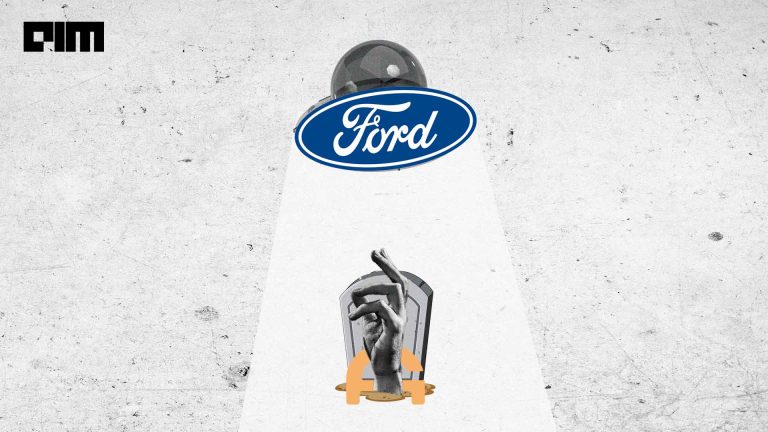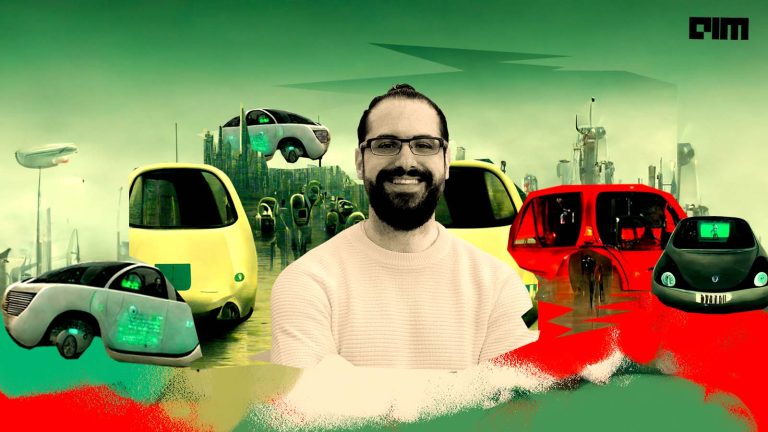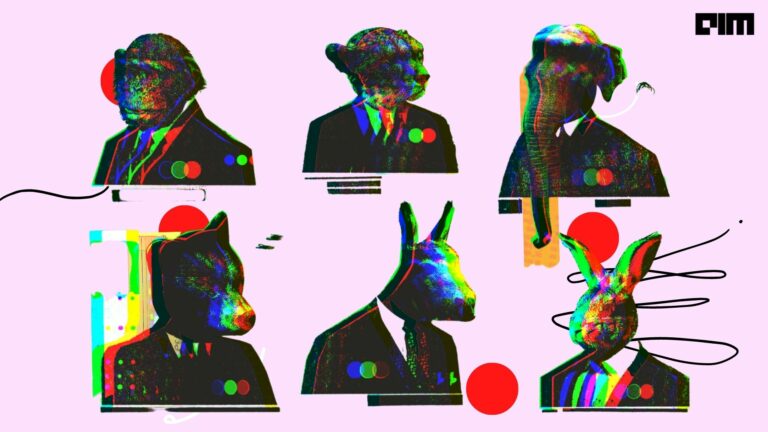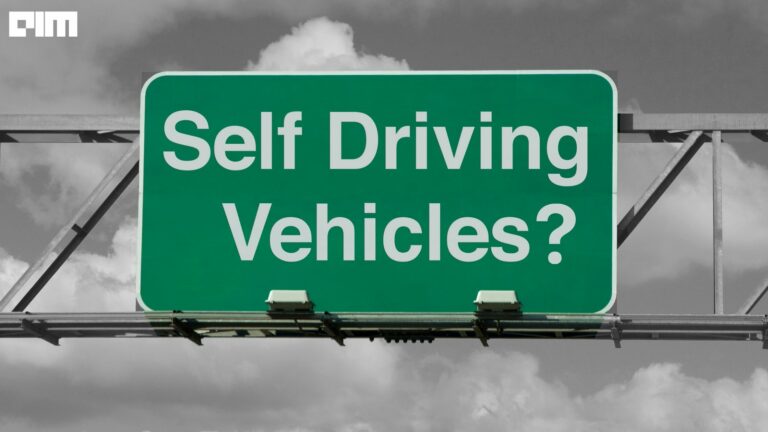A flying car running on ethereum-ion batteries with a top speed of 350 km/hr on air. Wait, WHAT???
Everything about the Ola flying car oozed promise. The tech looked plausible. The script was perfect. Everything, except, the timing of the announcement.
Ola did pull a fast one on all of us. Even some media houses took Bhavish Aggarwal’s LinkedIn post about launching the first-ever fully autonomous, electric flying at face value.
The company did the ‘big reveal’ about the “Ola AirPro” in a video announcement with opening remarks from Ola founder.
The post attracted a lot of traction , even some hailing it the “next-level of April fool’s prank.”
Ola has dedicated a whole website to Ola Air Pro (named after Apple’s Air Pro?).
The flying-car design was futuristic. The testimonies in the video had just the right amount of jargon to trick the unsuspecting layman. That said, the video had a lot of giveaways baked in (on purpose, we’re sure). And oodles of pun: Ethereum, Puracell, to name a few.
For example, according to the website the car is made of Ola Alloy – an amalgamation of sustainably sourced titanium, carbon fibre and aluminum sourced from fighter jets, F1 Cars and soft drink cans. Really, Ola? soft drink cans?
Another example: The Ola AirPro is bio-modelled on avian osseous structure for extra-lightness, drag reduction and supreme take-off speed. YES, RIGHT! (facepalm)
Hot Takes
While Siddhartha Mehrotra, the finance Head at Max – (KA & GOA) Landmark Group knew it was an April Fool’s prank, but he indeed appreciated the concept. “Even if this is an April fool prank, I loved the idea and I thoroughly enjoyed the concept and video,” said Mehrotra. “This is next level, I loved the concept, I loved the micro-mobility solutions and I’m sure this is gonna be great in long-distance too.”
On the other hand Mikkail Vaswani, the Founder @Cricfit fell for Ola’s trick.
If the word disruptive were a company, @OlaCabs would totally take that spot! Check-out #OLAAirPro https://t.co/Q8IKw5rRH4 @OlaElectric @bhash
— Mikkhail Vaswani (@MikkhailVaswani) April 1, 2021
Chetan Bhagat called the whole plot an “amazing experience”.
Have been lucky enough to fly in one of these, and I must say the experience was amazing. It's truly a high, reaching one end of Mumbai to another in 4minutes. A revolution is coming! https://t.co/lJb5fklko3
— Chetan Bhagat (@chetan_bhagat) April 1, 2021
Another avid Twitter user, Kuldeep Kadyan compared Ola’s entire idea of flying cars to Harry Potter’s fictitious world.
A flying car!? Boy, I didn’t know @OlaCabs was such a Harry Potter fan! #OLAAirPro https://t.co/6AAwUcOvSA @OlaElectric @bhash
— कुलदीप कादयान 🚜 (@KuldeepKadyan) April 1, 2021
A pie in the sky
In 2019, Morgan Stanley Research projected a $1.5 trillion market for autonomous aircraft by 2040, thanks to accelerating tech advances and investments in the mobility sector.
Flying cars are the stuff sci-fis are made of. It has been a holy grail since the human species had aviator dreams. Flying is deeply built into our collective unconscious. The cautionary tale of Icarus is a manifestation of such motifs. Nevertheless, it’s been 80 years since Henry Ford said, “Mark my words: a combination aeroplane and motorcar is coming.”
One must think it’s about time we had flying cars all around us. But unfortunately, that’s not the case. Flying cars are still very much a pipe dream. And that’s why Ola AirPro is still a moonshot in more than one ways.
The concept of flying cars was developed in the 1990s by the physicist Stefan Klein. We are still perfecting autonomous vehicles, and a flying car still seems like a distant dream. Given the progress of current technology, self-driving vehicles will take at least 5-10 years to be ready for mass production.
Meanwhile, India’s government has recently forced a blanket ban on the use of drones by civilians for safety and security reasons. Imagine, the red tape a flying car would face. The safety issues are another pressing concerns the maker and regulators should address.
Uber has been obsessing about “urban air mobility” for some time now. But the company has been struggling to electrify the vehicle, as it comes at a massive environmental cost.
Ola’s prank video mentioned the VTOL (Vertical Take-Off & Landing) technology with “shark-fin wing rotors” and “oxy-aspirated thrusters”. It speaks to the aerodynamic and engineering challenges standing in the way of our hovercraft dreams.
Though many companies are working towards building flying cars, the logistics, infrastructure and legislation issues might further delay the dream to turn into a reality in India. That said, it’s clear that companies like Ola harbours such flying dreams. And like Muhammad Ali said, impossible is nothing, right?



















































































